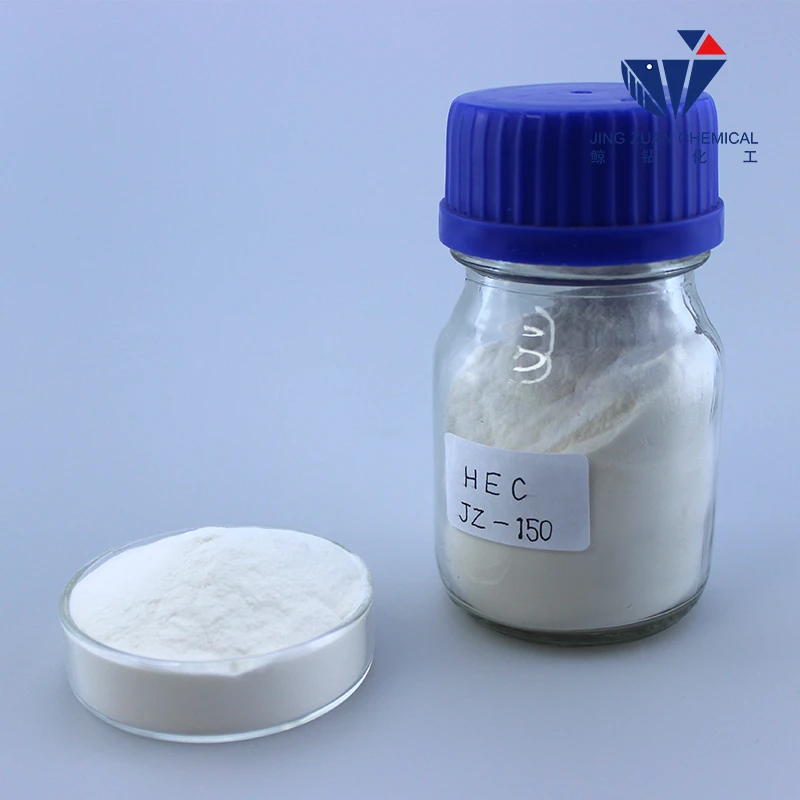
Oct . 12, 2024 17:34 Back to list
Exploring Innovative Applications and Benefits of HPMC in Modern Chemistry
Understanding HPMC A Versatile Chemical Compound
Hydroxypropyl Methylcellulose (HPMC) is a semi-synthetic polymer derived from cellulose, which is the most abundant organic polymer on Earth. It is a versatile chemical compound widely utilized across several industries due to its unique properties, including thickening, gelling, and film-forming capabilities. This article delves into the characteristics, applications, and benefits of HPMC, highlighting its importance in various sectors.
Chemical Composition and Properties
HPMC is synthesized through the chemical modification of cellulose, involving the introduction of hydroxypropyl and methyl groups. This alteration enhances the compound's solubility in water, making it a non-ionic and biodegradable substance that is ideal for numerous applications. Its molecular structure allows it to form viscous solutions and gels when dispersed in water, which is a key reason for its popularity.
HPMC’s properties can be adjusted based on the degree of substitution of the hydroxypropyl and methyl groups. This modulation enables manufacturers to tailor the viscosity and solubility characteristics, allowing the chemical to meet specific requirements of different applications.
Applications of HPMC
1. Pharmaceutical Industry HPMC is widely used as a binder in tablets, as it helps to improve the stability and uniformity of the pharmaceutical products. It also acts as a controlled-release agent, allowing for the gradual release of active ingredients. Additionally, HPMC is utilized in ophthalmic formulations due to its excellent film-forming properties, providing increased comfort and prolonged drug action in eye drop solutions.
2. Food Industry In food processing, HPMC serves as a food thickener and stabilizer. It enhances the texture of various food products, including sauces, dressings, and bakery goods. The ability of HPMC to form gels at low concentrations makes it useful in creating gluten-free products, as it can mimic the structural properties of gluten.
hpmc chemical

3. Construction Sector HPMC is an essential additive in the production of construction materials, particularly in cement and mortar formulations. It improves the workability, water retention, and adhesion properties of these materials, enhancing the overall performance of construction applications.
4. Cosmetics and Personal Care The cosmetic industry leverages HPMC for its thickening and gelling properties. It is commonly found in lotions, creams, and shampoos, where it serves to achieve the desired consistency and stability of formulations. Furthermore, HPMC acts as a film-forming agent in various cosmetic products, ensuring long-lasting effects.
5. Agriculture In agriculture, HPMC is used as a coating agent for fertilizers and pesticide granules. It ensures a uniform distribution and controlled release of nutrients, which is vital for effective crop growth. Its biodegradable nature makes it an environmentally friendly option in agricultural applications.
Benefits of HPMC
The use of HPMC offers several advantages. Its non-toxic and biodegradable nature aligns with the growing emphasis on sustainability and environmental protection. Moreover, HPMC enhances the performance of formulations, leading to improved product quality and user satisfaction across various industries.
Additionally, HPMC's adaptability means that it can be formulated to meet the specific needs of diverse applications, making it an essential ingredient in both established products and innovative formulations.
Conclusion
In conclusion, Hydroxypropyl Methylcellulose (HPMC) is a multifaceted chemical compound with significant applications across pharmaceuticals, food, construction, cosmetics, and agriculture. Its unique properties and versatility make it an invaluable resource for manufacturers and consumers alike. As industries continue to evolve, HPMC is likely to play an even more prominent role in developing innovative products that meet modern-day demands while adhering to sustainability principles.
-
Unlocking the Benefits of HPMC Products: A Gateway to Versatile Applications
NewsAug.07,2025
-
Unleashing the Potential of HPMC Ashland: A Comprehensive Look
NewsAug.07,2025
-
Tile Bonding Cellulose: The Key to Superior Adhesion and Durability
NewsAug.07,2025
-
Hydroxypropyl Methylcellulose Powder: The Versatile Component in Modern Pharmaceuticals
NewsAug.07,2025
-
Hydroxyethyl Cellulose: The Versatile Solution for Various Industries
NewsAug.07,2025
-
Hydroxyethyl Cellulose (HEC): The Versatile Polymer for Various Applications
NewsAug.07,2025







